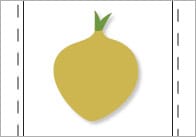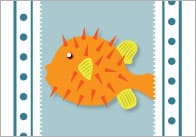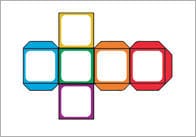Storytelling Starters for Children’s Book Week
Next week is Children’s Book Week. But how do you get children to listen to stories? How do you keep their attention? As a professional storyteller, I have been asked these questions over and over again. It’s why I’m starting a new series of blogs called Storytelling Starters to coincide with Children’s Book Week. Click onto the blog via my website, www.storyworks.org.uk or you can go to it by googling Mary Medlicott’s Storyworks Blog.
The new series begins on October 1st ready for the start of Book Week. After that, it will happen weekly. The main aim is to help people of all kinds develop confidence in the arts and techniques of storytelling without the book. Teachers, parents, Nursery Nurses, people working with community groups – I hope the blogs will attract the same variety of people I’ve worked with over my years as a storyteller.But many of oral storytelling’s techniques are also applicable when reading stories aloud. So if you’re not at all sure you want to make the transition to oral storytelling – or if you want to make it very gently – I hope the blogs could prove useful to you too.
This very week, for instance, why not prepare for Children’s Book Week by finding yourself a Story-Bag – something large, colourful and attractive that might help you focus the attention of the children in your class? The bag could not only act as a container for the book you’ve chosen for a special story-session. After taking the essential step of reading through the book to familiarise yourself with it, there’s another preparatory step you could take. Think about some attractive soft-toy or object that could relate to the theme of the book. It could be something as small as a bean for the story of Jack and the Bean Stalk. Or, for a story about the sea, a pebble you found on the shore. Add this item to the book in the bag and you could be in for a pleasing experience.
At the start of your story-session, have your Story-Bag by you. It may be that observant children will already have spotted it and be asking questions. ‘What’s that for? Why’ve you got that bag?’ So open it slowly (suspense does help!), bring out the object you’ve put inside and show it quietly round. Part of the magic of objects is that, of their own account, they attract attention and evoke questions. You need hardly say a thing: the object will act as its own platform for you to introduce your story. And if the children are already clamouring to get hold of that soft toy, bean or pebble, say you’ll hand it round at the end of the very interesting story that you’re going to read them. Then even as you return the object to the bag (or maybe place it on your lap), get out the book and start the story.
The Story-Bag is the very first item in my first set of Storytelling Starters. Find it on my blogsite and you’ll see that, as well as sharing some of my own Story-Bag experiences, I’ll have included a couple of Story-Bag photos. Oh, and by the way, the Digital Camera course I signed up for a few weeks ago is turning out just right. The enrolment experience was depressing. But the excellent tutor is already inspiring me to work at producing better photos especially with my blog in mind.
Mary is the author of The Little Book of Storytelling (A & C Black) and Stories for Young Children and How to Tell Them (A& C Black). The latter includes a CD of Mary telling the stories.
Popular Teaching Resources
Stay Up To Date
Sign up for our newsletter and we’ll let you know when we create new early years resources.





